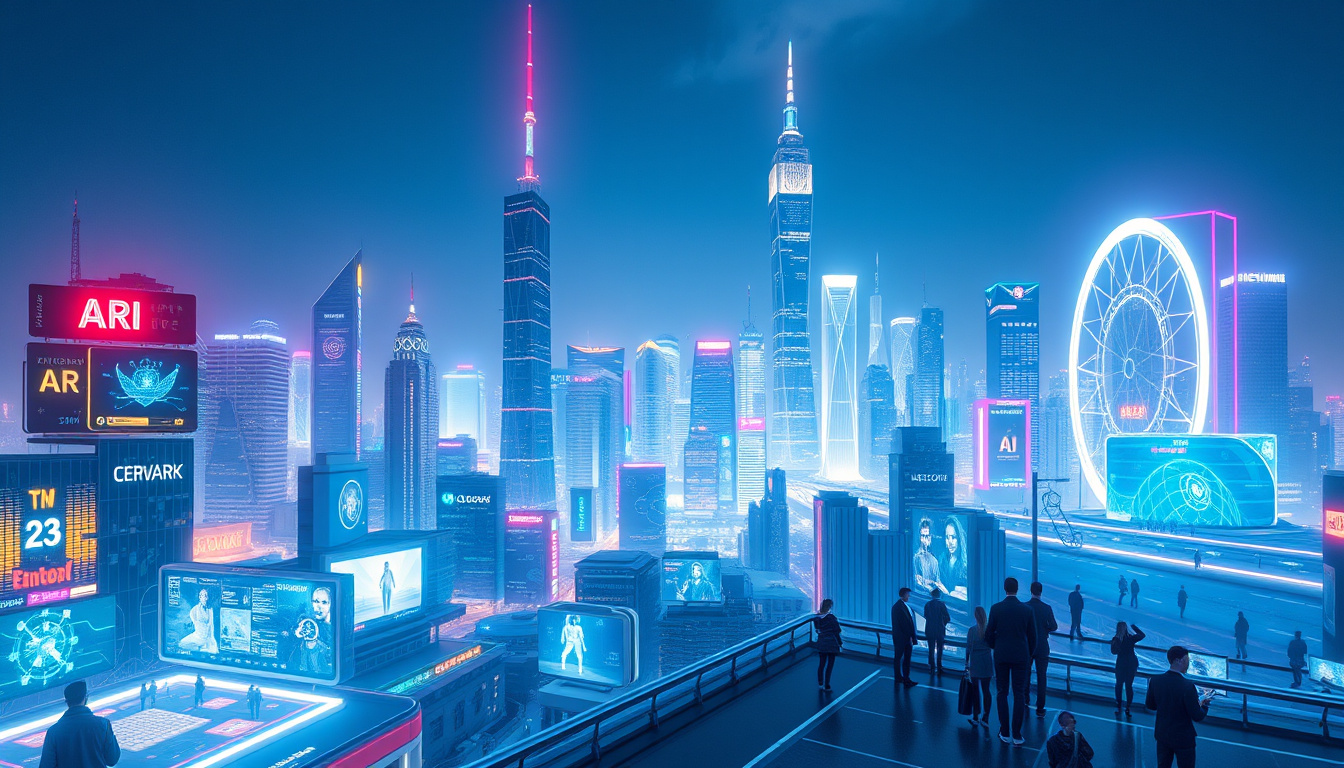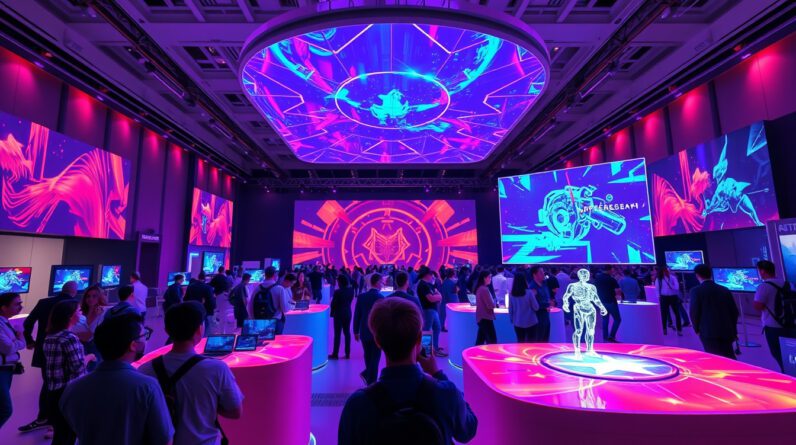
The Visual Computing Market, poised to reach USD
245.79 billion by 2032, is set to undergo a remarkable transformation over the next decade. With an impressive compound annual growth rate (CAGR) of
22.89%, this sector, which encompasses technologies that leverage advanced graphics and immersive experiences, is being driven by the rapid advancements in artificial intelligence (AI), augmented reality (AR), and virtual reality (VR). From gaming to healthcare, the applications of visual computing are expanding, leading to increased demand across multiple industries. This article will explore the key drivers of this market’s growth, delve into regional dynamics, and provide an overview of the competitive landscape to help readers understand the factors shaping this thriving industry.

Takeaways
- The Visual Computing Market is set to grow significantly, projected to reach $245.79 billion by 2032 at a CAGR of
22.89%. - Technological advancements in AI, AR, and VR are key drivers transforming the visual computing landscape across various sectors.
- North America leads the market currently, but the Asia Pacific region is expected to experience the fastest growth due to increased investments.
Key Drivers of Market Growth
The Visual Computing Market is on the brink of remarkable expansion, with projections anticipating a surge to USD
245.79 billion by 2032 from a current valuation of USD
38.53 billion in 2023, reflecting an impressive compound annual growth rate (CAGR) of
22.89%. This growth trajectory is primarily fueled by a rising appetite for advanced graphics and immersive experiences, significantly driven by technological innovations in artificial intelligence (AI), augmented reality (AR), virtual reality (VR), and real-time 3D rendering. Diverse industries, including gaming, automotive, healthcare, and design, are increasingly leveraging these technologies to enhance their offerings and user experiences.
Several key factors are propelling this dynamic market expansion. First, technological advancements in high-performance computing (HPC), AI-enhanced graphics, and robust cloud technologies are drastically transforming visual computing capabilities across various sectors. Moreover, the market is experiencing a pronounced segmentation, particularly between hardware and software components. Currently, hardware commands a majority share at
60.7%, yet the software segment is anticipated to outpace hardware growth, largely due to escalating demand for AI-driven applications.
In terms of display platforms, monitors have captured the largest market share in 2023, driven by the escalating demand for high-resolution displays. Interactive kiosks, in particular, are expected to witness significant market growth as various sectors increasingly deploy them for enhanced user interaction. Furthermore, the industry applications landscape reveals that gaming dominates market share at 3
1.5%, highlighting the critical necessity for high-performance graphics. On the other hand, the healthcare sector is forecasted to experience the most substantial growth, propelled by advancements in AI medical imaging technologies.
Geographically, North America currently reigns as the market leader due to its robust technology industry, featuring key players such as NVIDIA and Microsoft. However, the Asia Pacific region is set to outpace North America with the highest forecasted growth rate, driven by substantial investments in AI and smart infrastructure. The competitive landscape also showcases influential market players such as SenseTime, Megvii, and Nauto, while also underscoring opportunities within burgeoning sectors like smart manufacturing and medical AI applications. As this market continues to evolve, staying informed about these drivers and trends is essential for stakeholders aiming to capitalize on the booming visual computing industry.
Regional Insights and Competitive Landscape
As the Visual Computing Market advances, companies and investors alike are presented with a myriad of opportunities for innovation and growth. Notably, advancements in high-performance computing and AI-driven graphics are not just redefining existing paradigms but are also enabling new applications across sectors. For instance, in healthcare, AI is being utilized not only for medical imaging but also for real-time diagnostics, significantly enhancing patient care quality and operational efficiency. In gaming, the push towards immersive experiences is leading to increasingly sophisticated graphics engines and tools that cater to the demands of modern gamers. As such, market participants must remain agile, leveraging these technological trends to drive product development and meet the evolving expectations of consumers. Furthermore, as regions like the Asia Pacific ramp up investments in smart technologies, companies that position themselves strategically in emerging markets may gain a competitive advantage that could define the future trajectory of the visual computing landscape.




